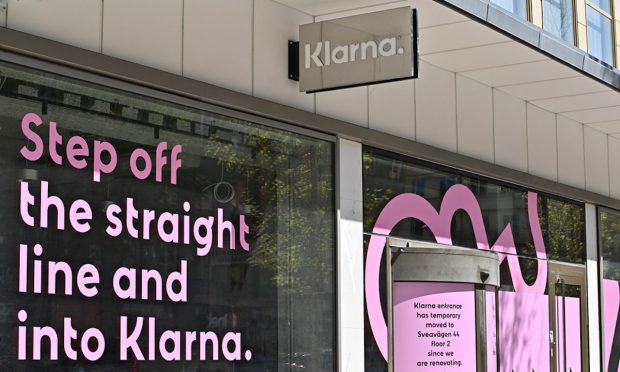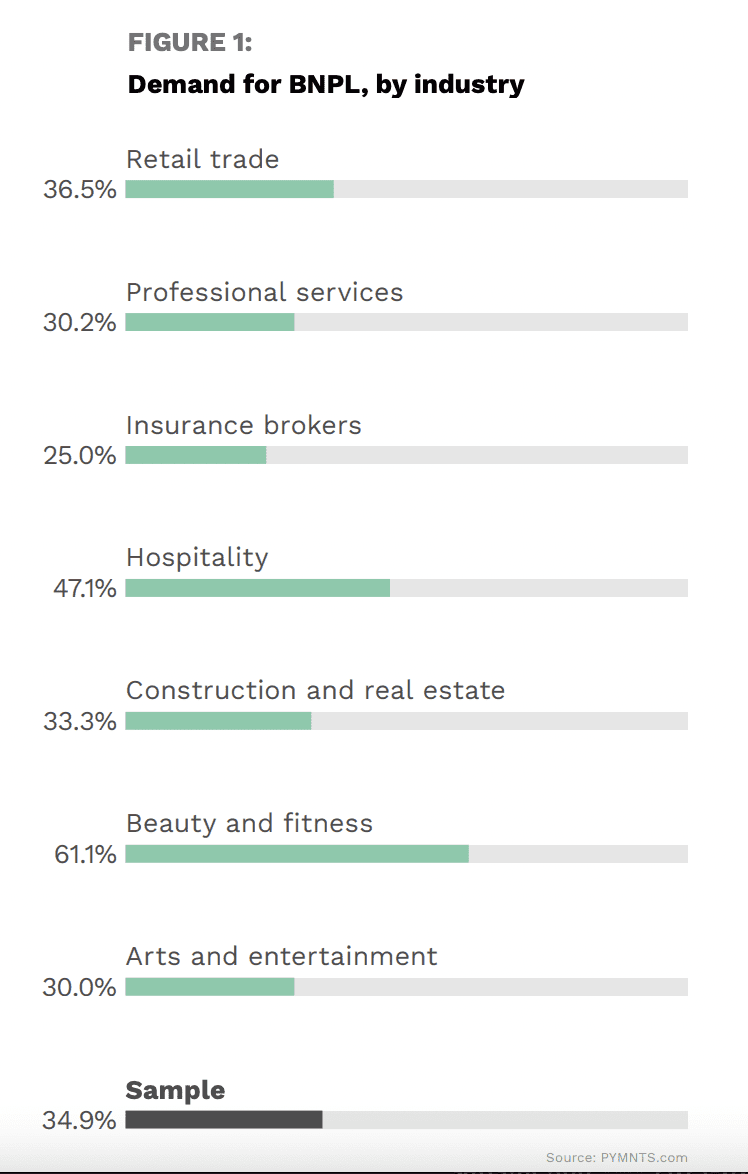BNPL Adoption Accelerates, Driven By Benefits To Consumers, Retailers

Swedish buy now, pay later (BNPL) giant Klarna’s recent announcement that both its customers and retail partners had more than doubled over the past year marked the latest milestone for the fast-growing financing option that’s enjoying seemingly unchecked growth via this dual demand.
Read more: BNPL Firm Klarna Hits 20M US Customers
Since June of 2020, Klarna said its customer count has doubled and its retail partnerships have risen 132 percent, crystalizing an uptrend noted in PYMNTS’ latest Buy Now, Pay Later Tracker, which details the rewards retailers can reap by offering BNPL.
Also see: August Buy Now, Pay Later Tracker
The survey also found that consumers using installment plans shop more frequently, spend more and demand BNPL more than any other capability that retailers offer.
In the week before being polled for the PYMNTS survey, BNPL shoppers made an average of five in-store purchases, while shoppers who had not used BNPL made only three.
In response to this demand, more small and medium-sized businesses (SMBs) are adopting BNPL. Among those surveyed, 17 percent have implemented installment payments. The adoption rate is especially high in beauty and fitness (22 percent), construction and real estate (21 percent) and professional services (18 percent).
 With consumers returning to stores after more than a year of pandemic-related restrictions, many are expecting to have access to the emerging payment methods they have adopted over the past year.
With consumers returning to stores after more than a year of pandemic-related restrictions, many are expecting to have access to the emerging payment methods they have adopted over the past year.
In a panel discussion hosted by PYMNTS, several factors contributing to the growing adoption were highlighted. For consumers, it makes shopping convenient and more accessible. For retailers, BNPL diversifies their target audience and consumer base, contributes to a better overall experience for their customers and encourages those customers to purchase products with higher-end prices.
Also see: Buy Now, Pay Later Becomes Physical Attraction For Brick-And-Mortar Stores
As much as the domestic growth of BNPL has been remarkable, the panelists pointed out that the U.S. has actually been somewhat slower to embrace the BNPL market than other nations, but is now starting to catch up.
Like many of the other facets of the digital shift, BNPL is another “new thing” that a growing number of consumers have adopted during the pandemic and want to continue using going forward. Unsurprisingly, a rising percentage of retailers are eager to meet that need by rolling out their own BNPL offers.
